Archive
2022
KubaParis
Snakes have many Faces



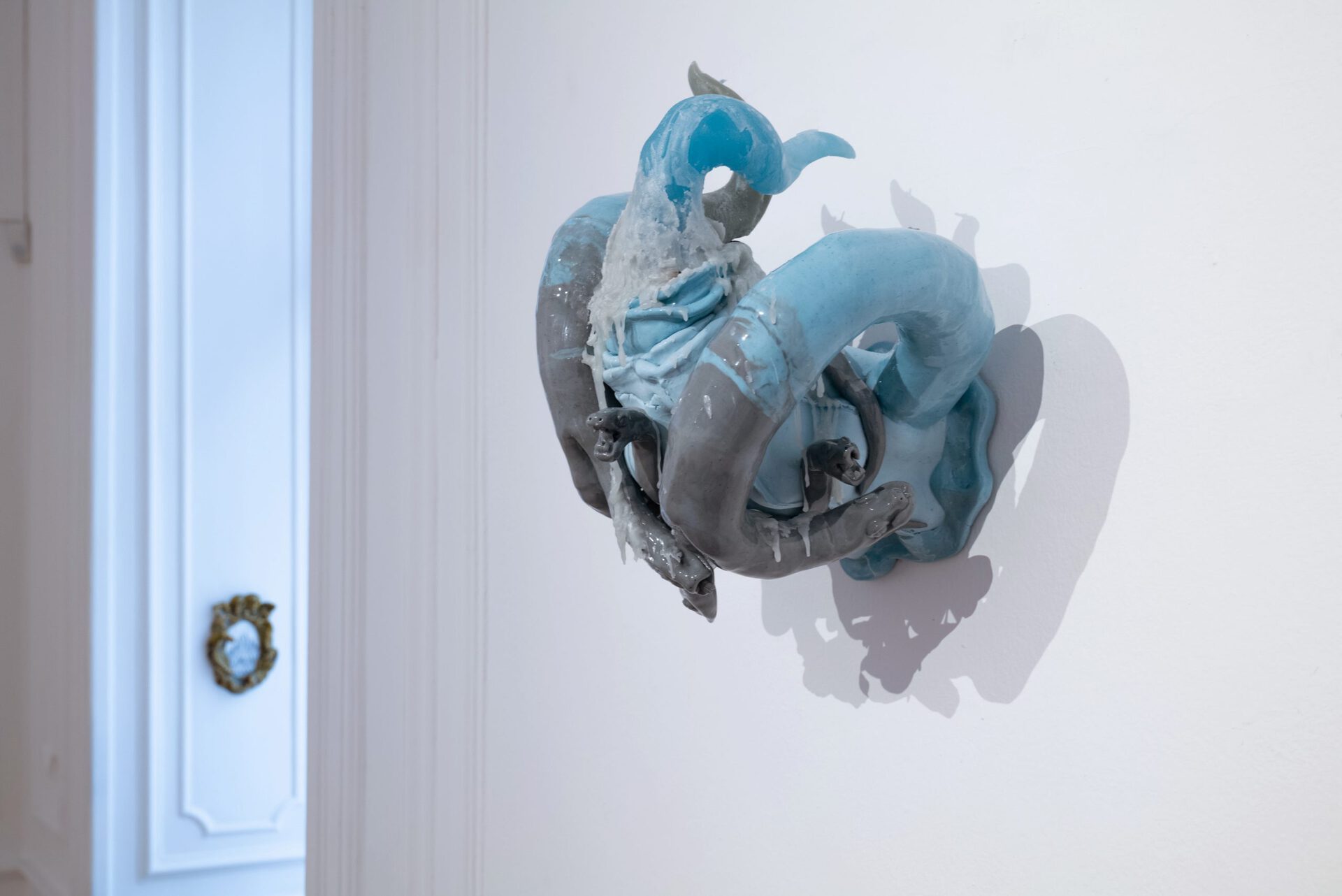
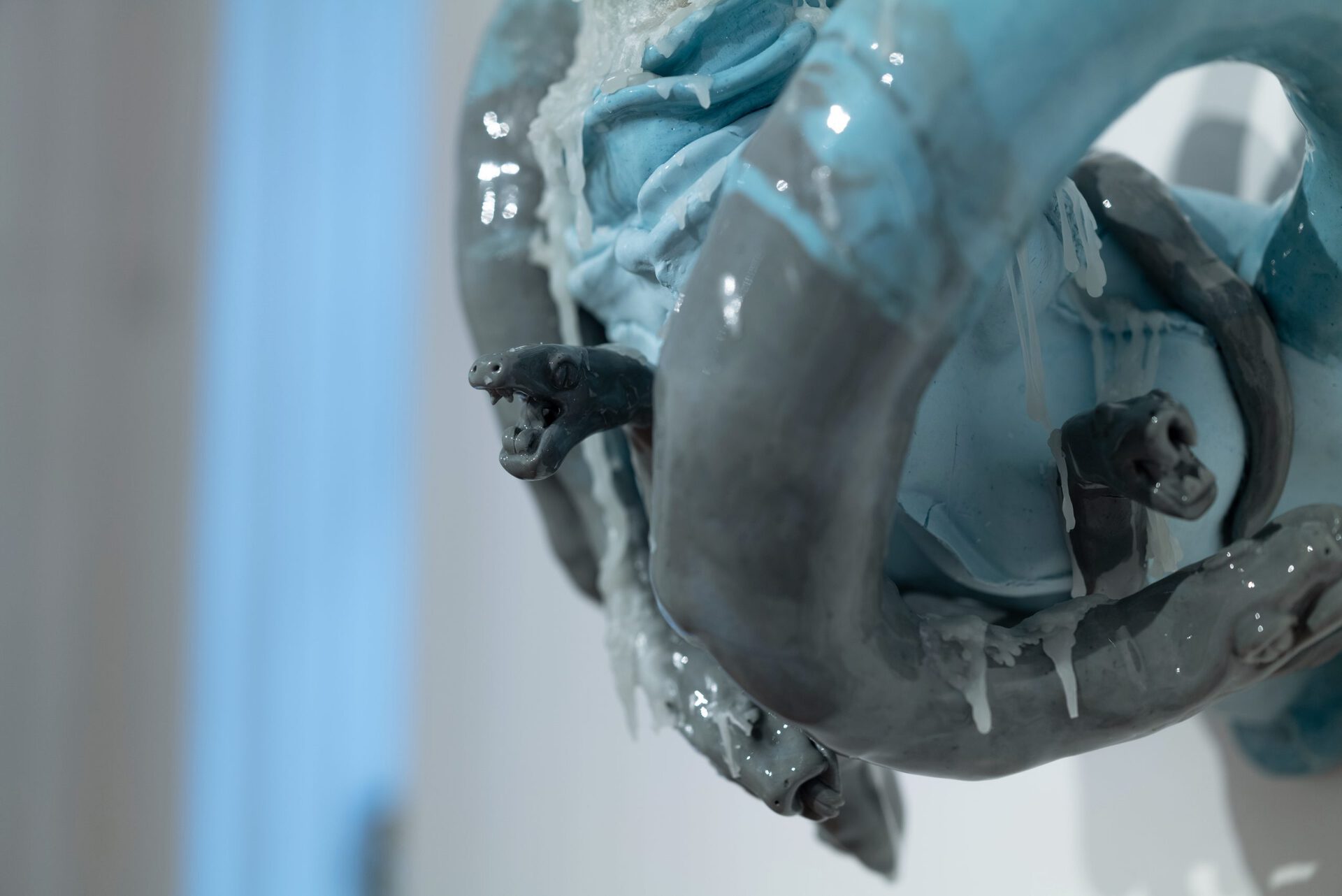
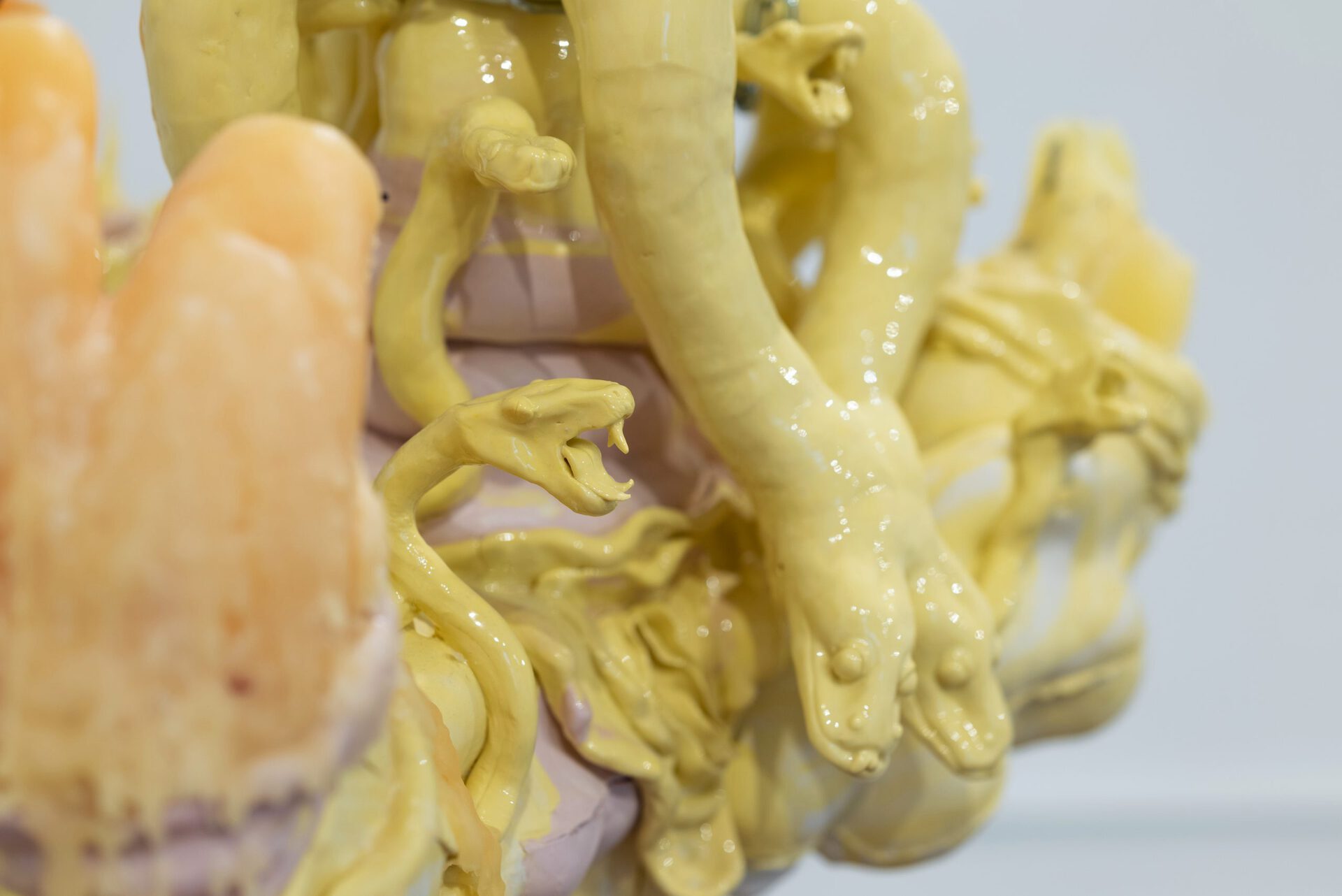
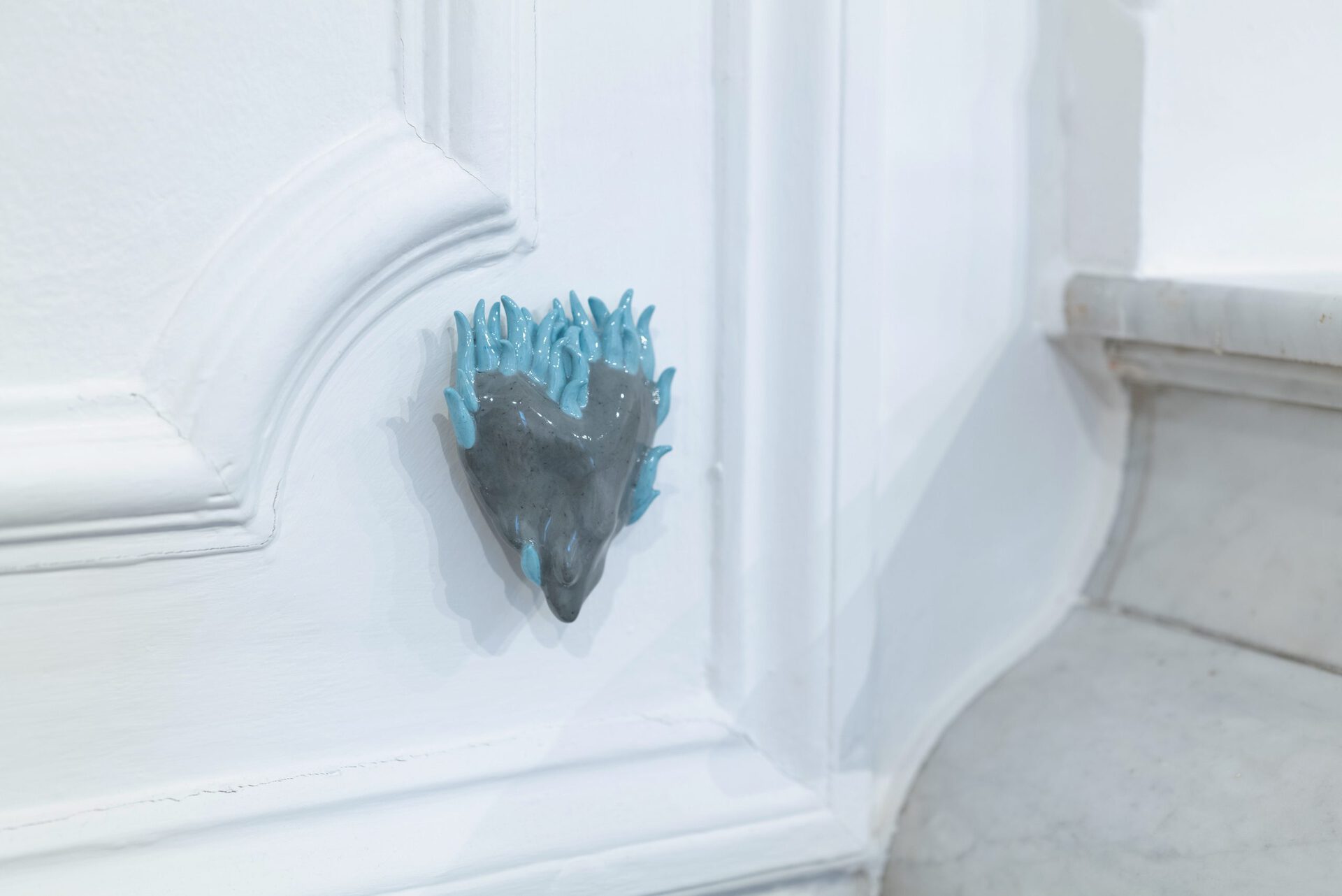
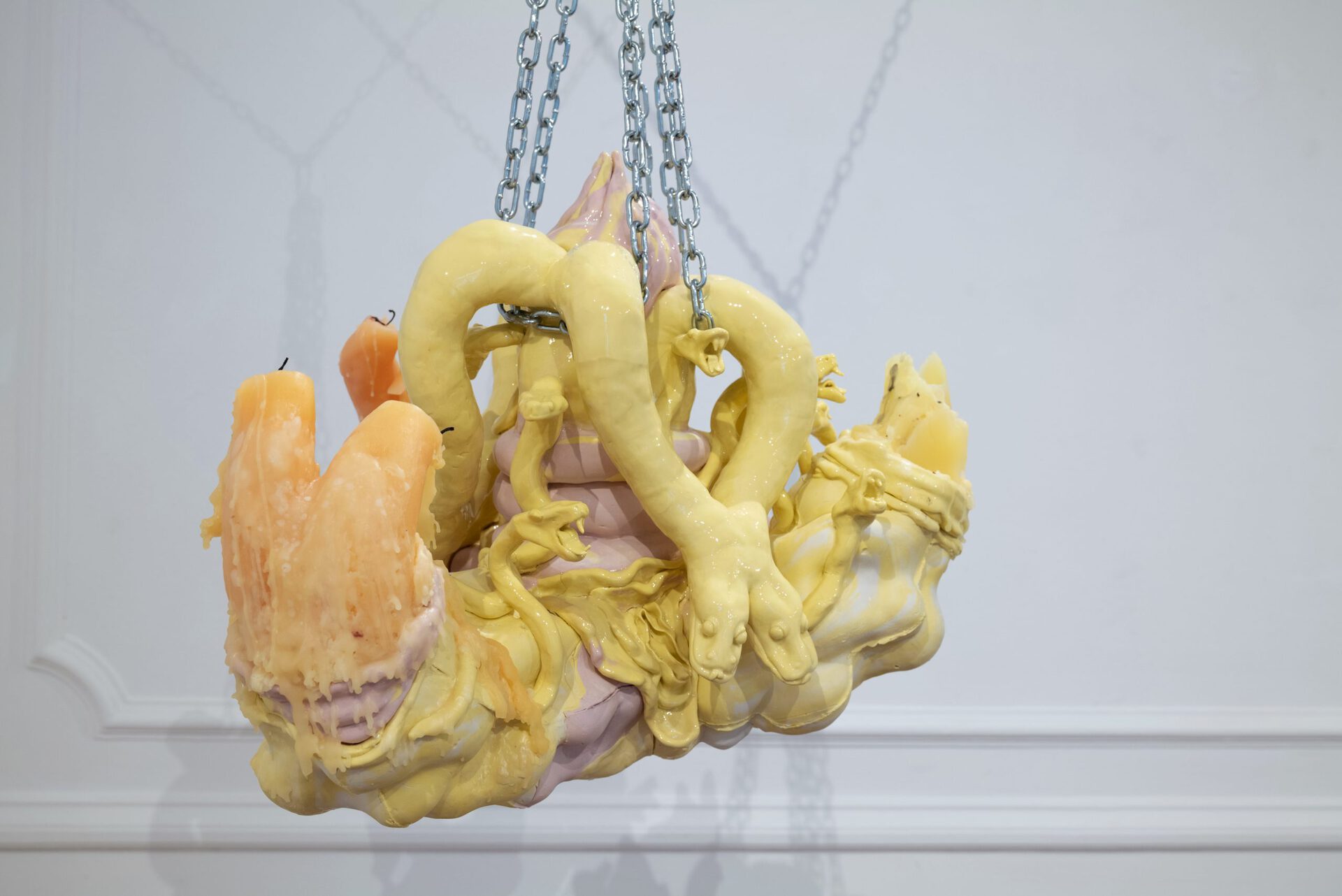
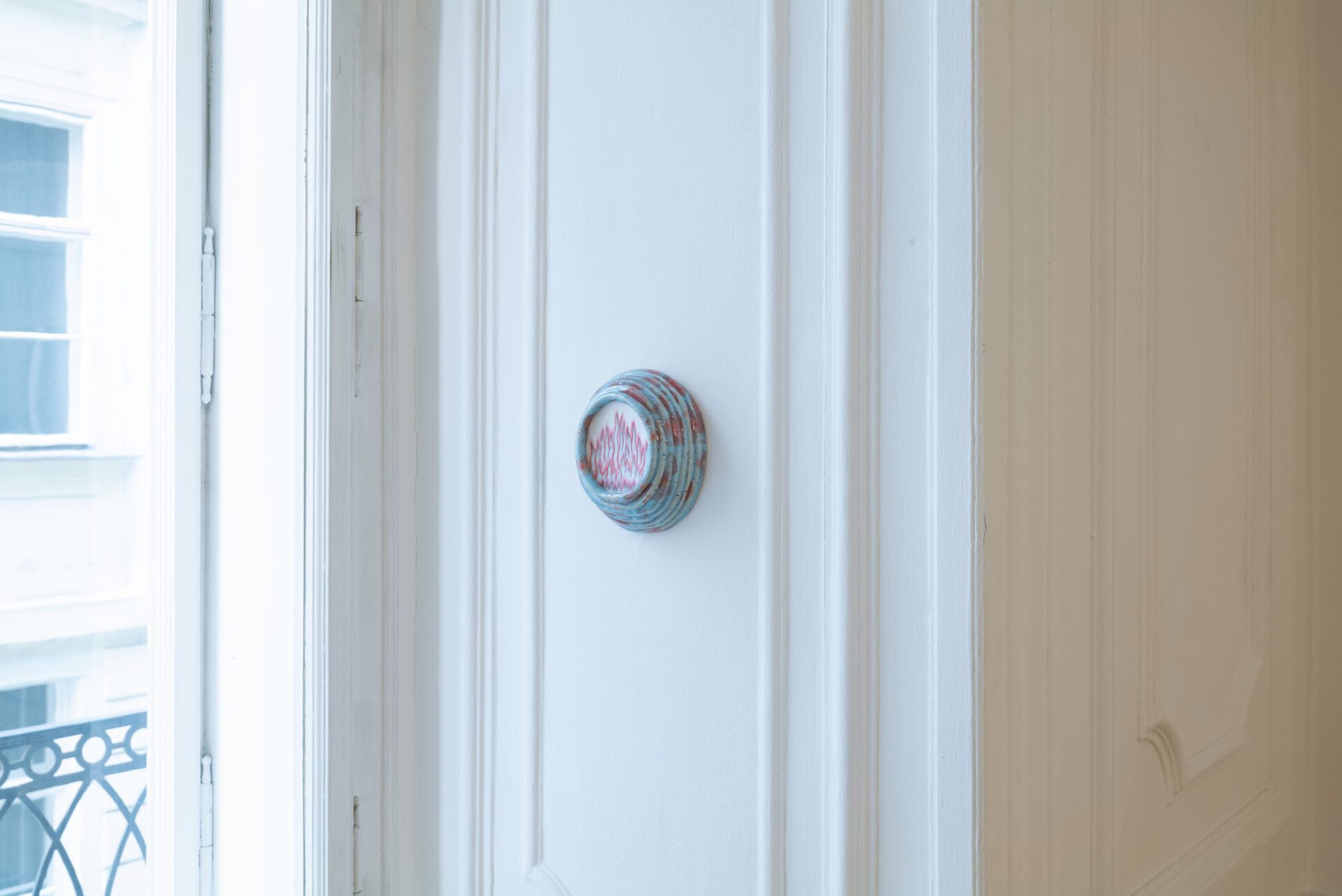
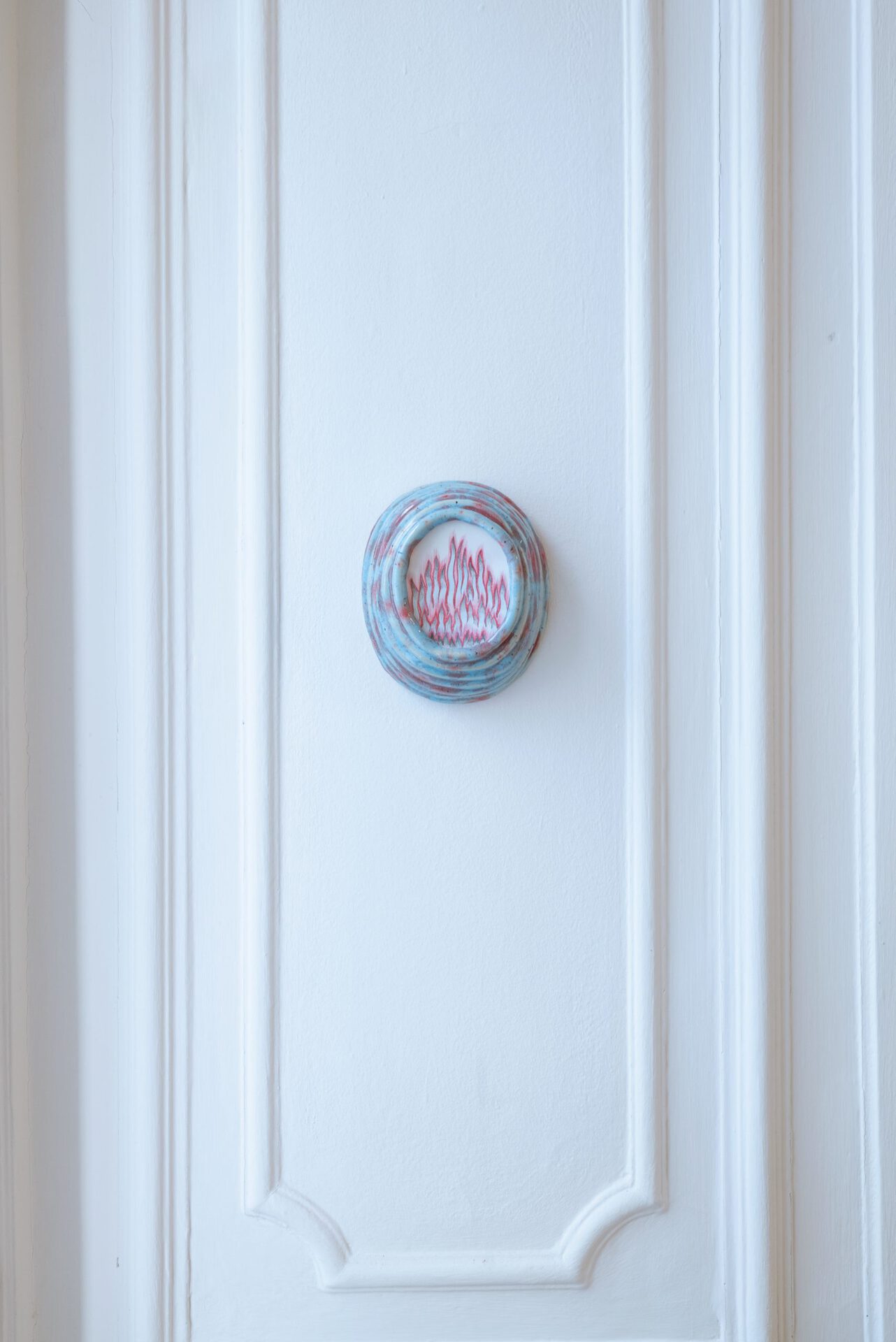
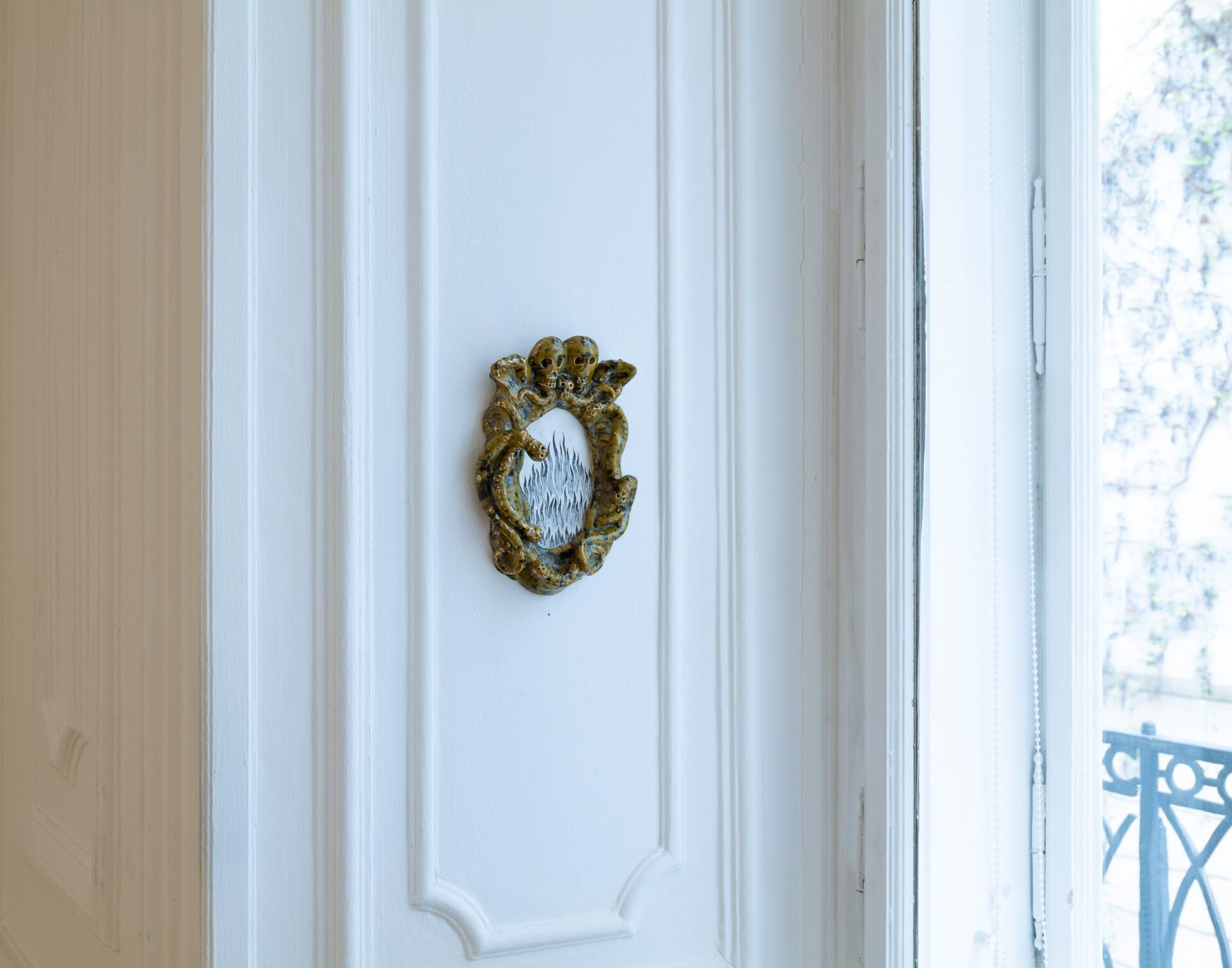
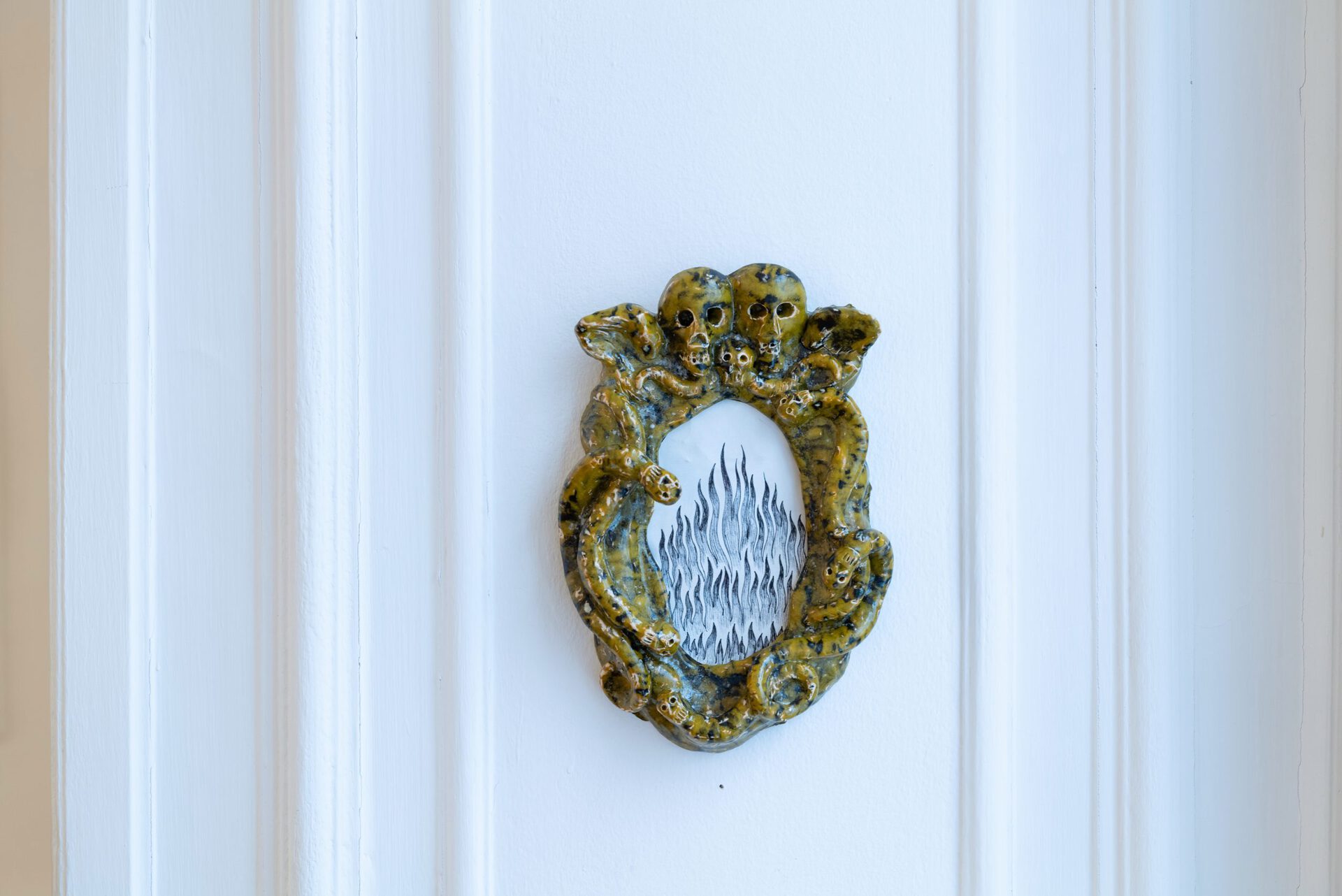
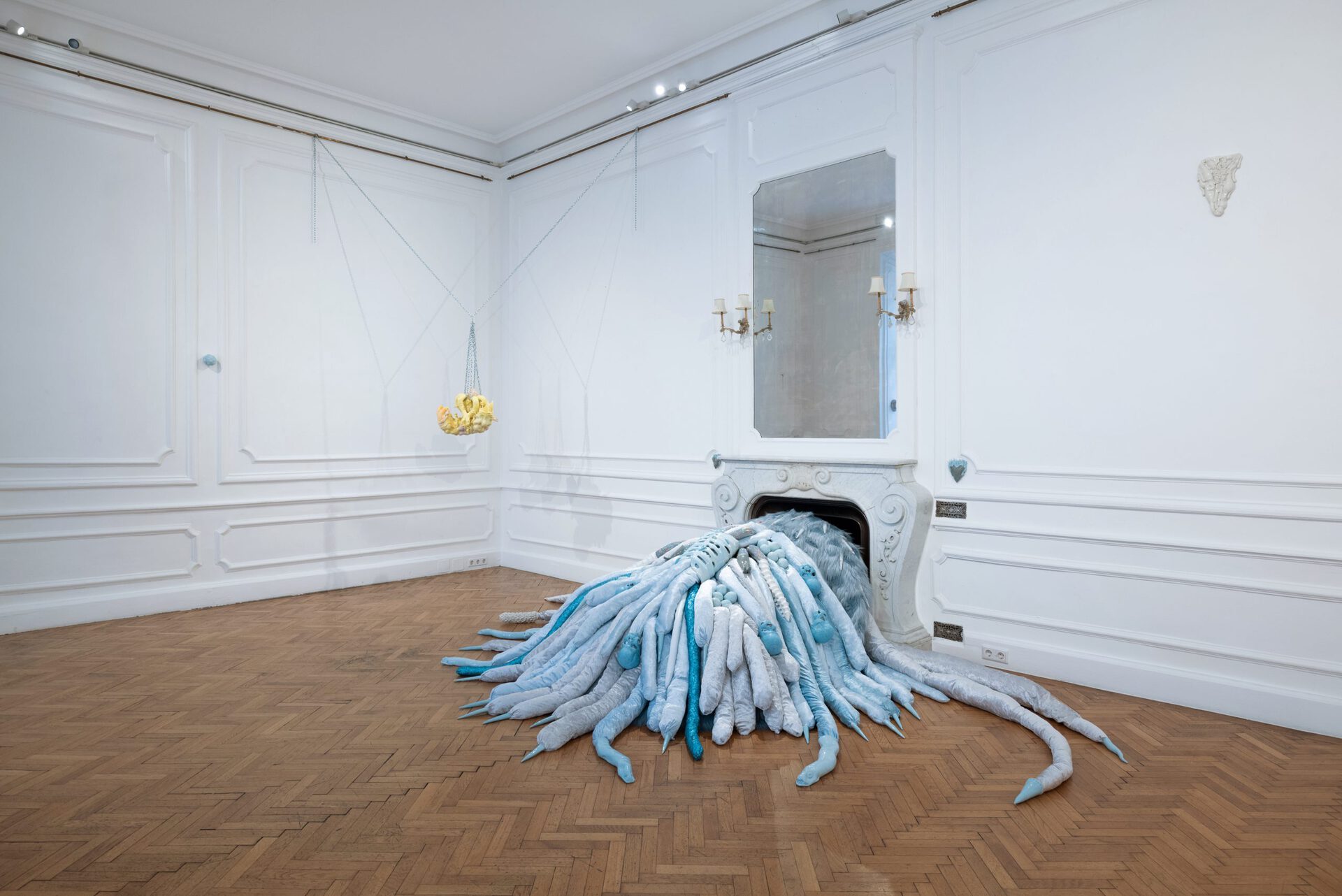
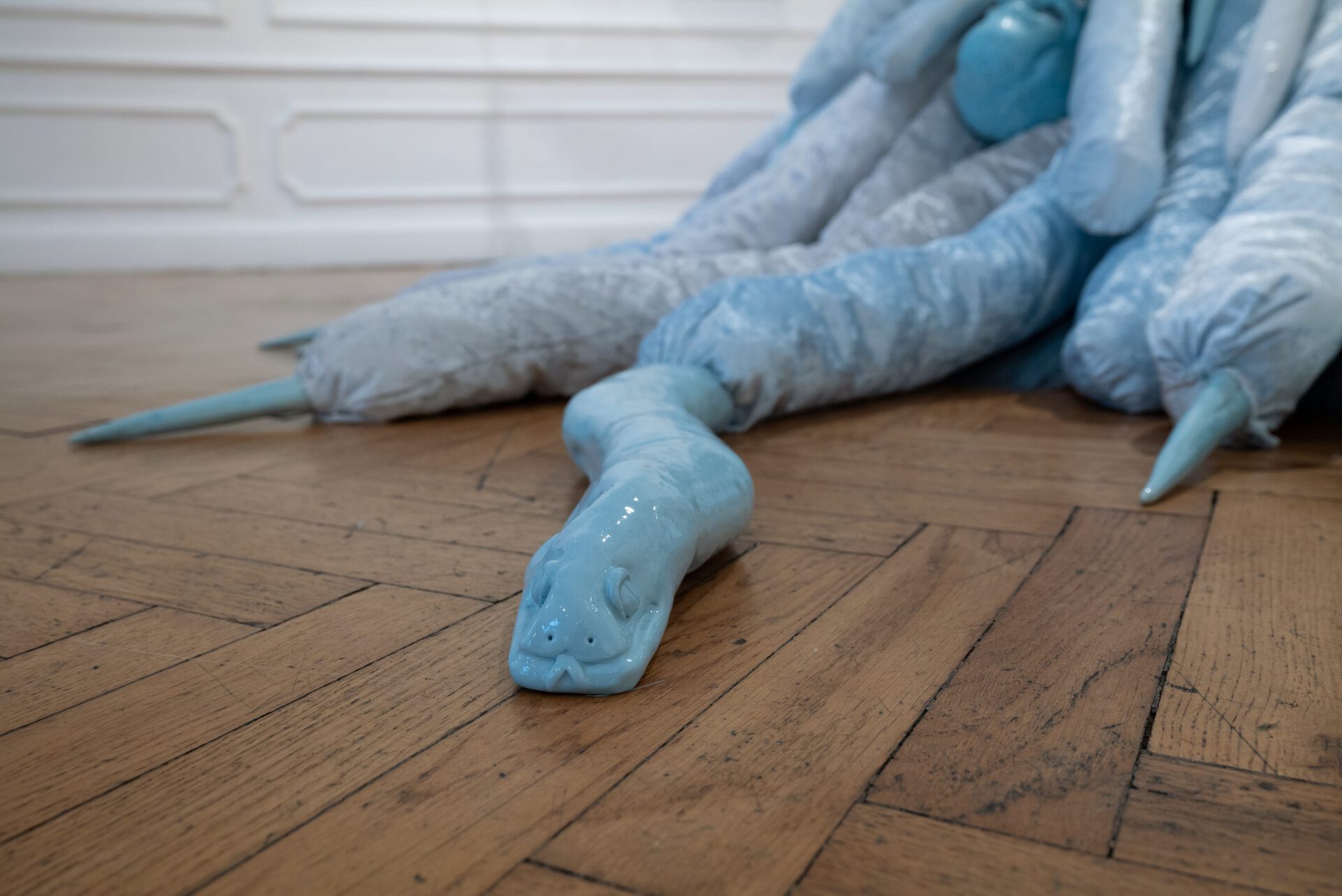
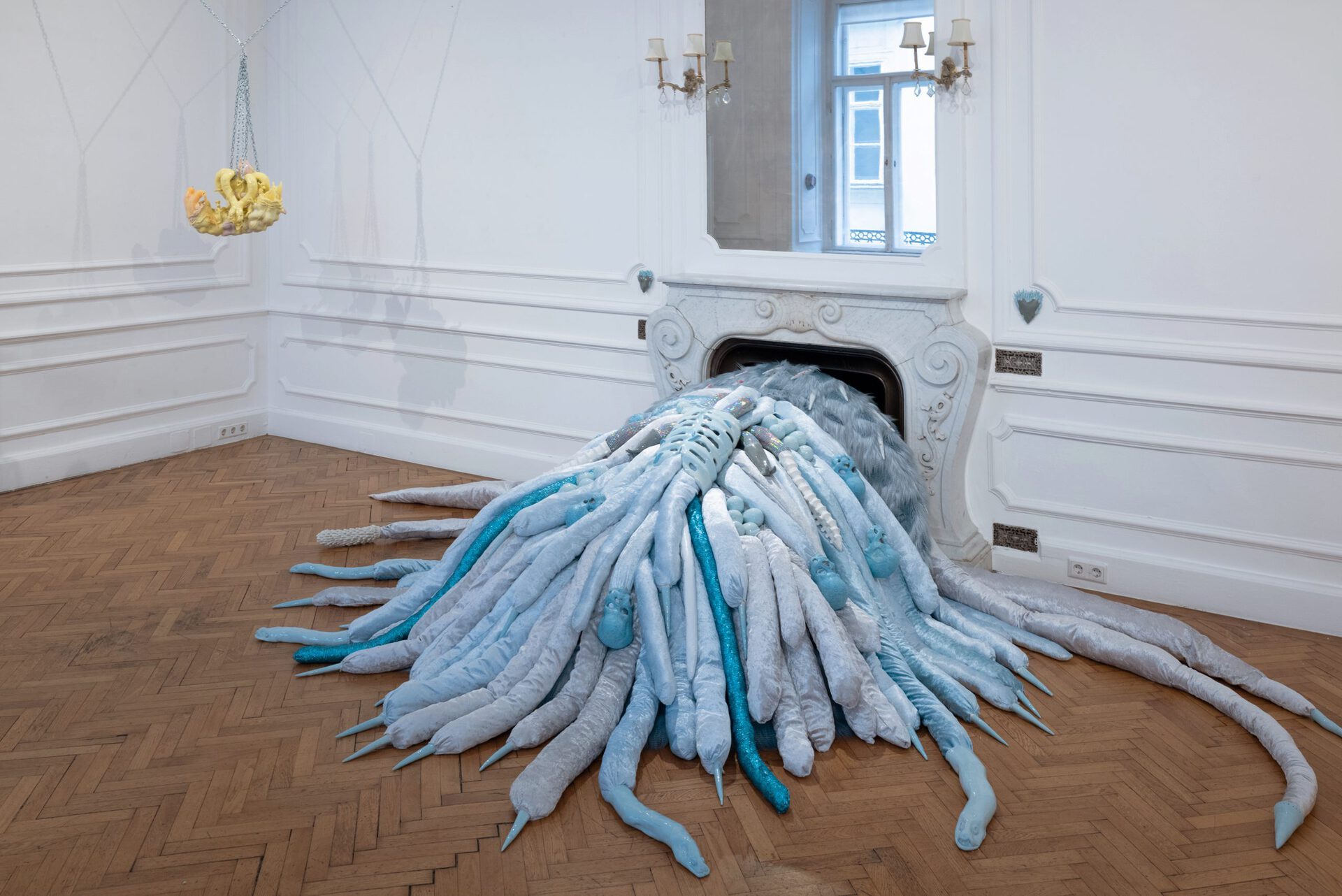
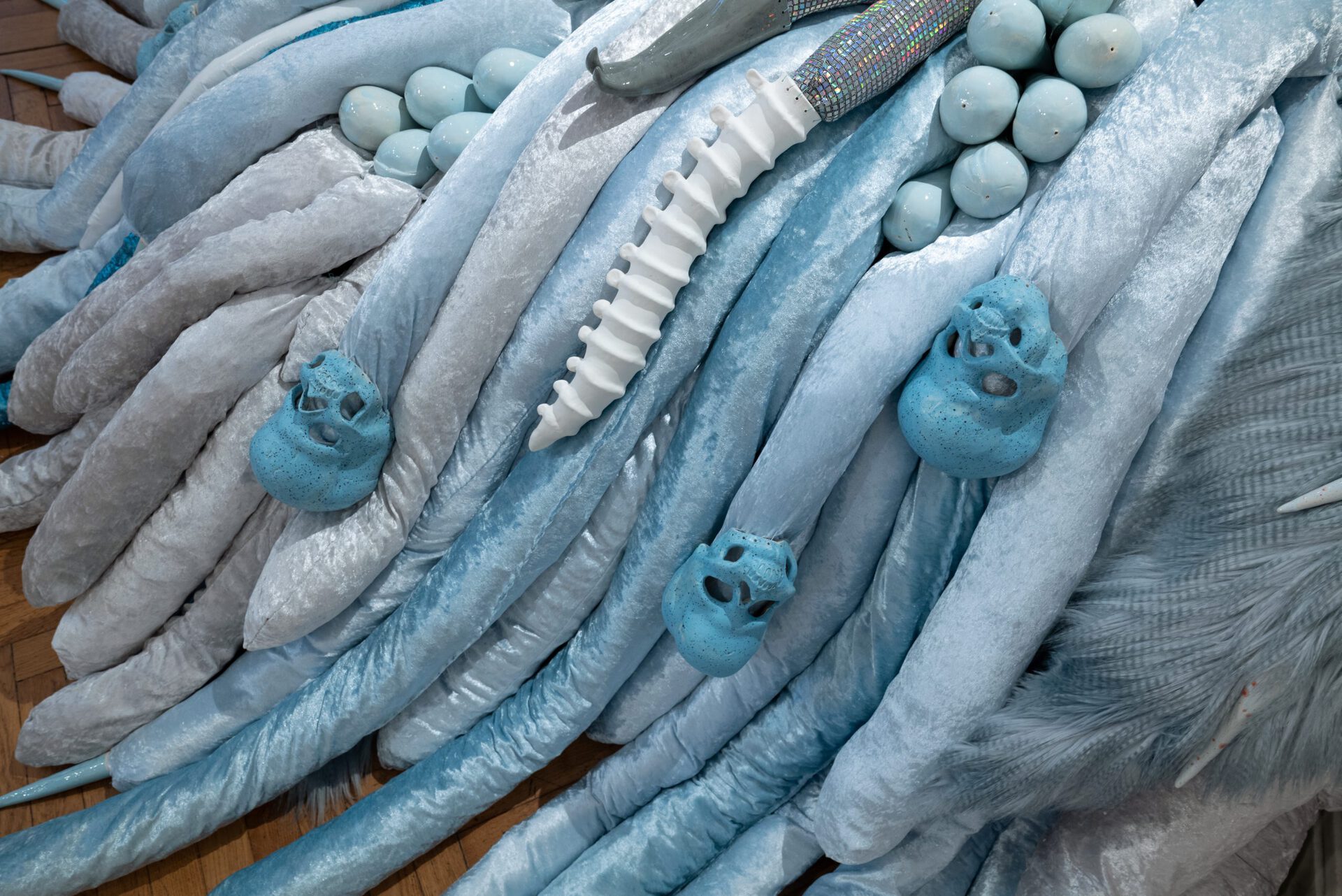

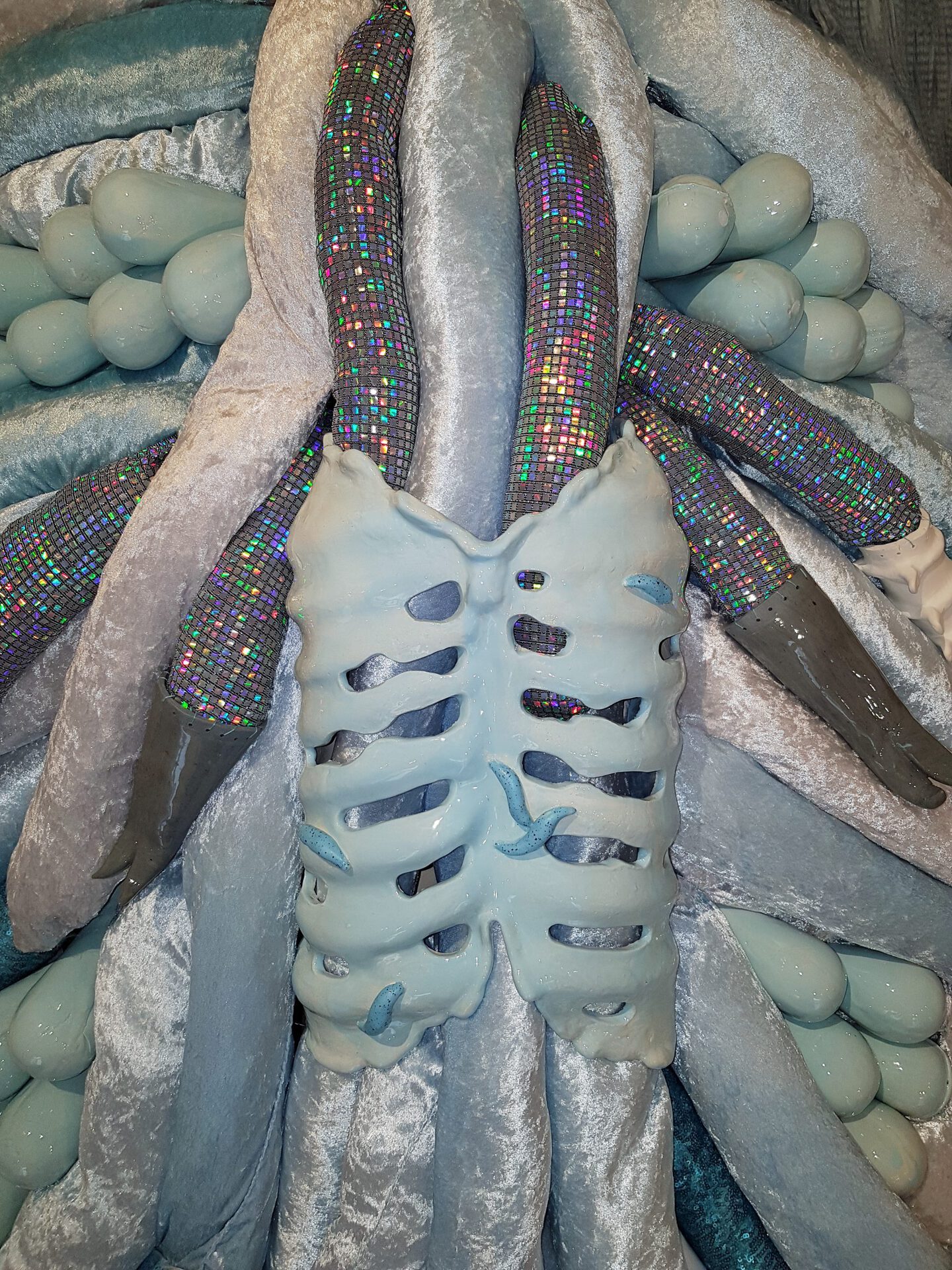
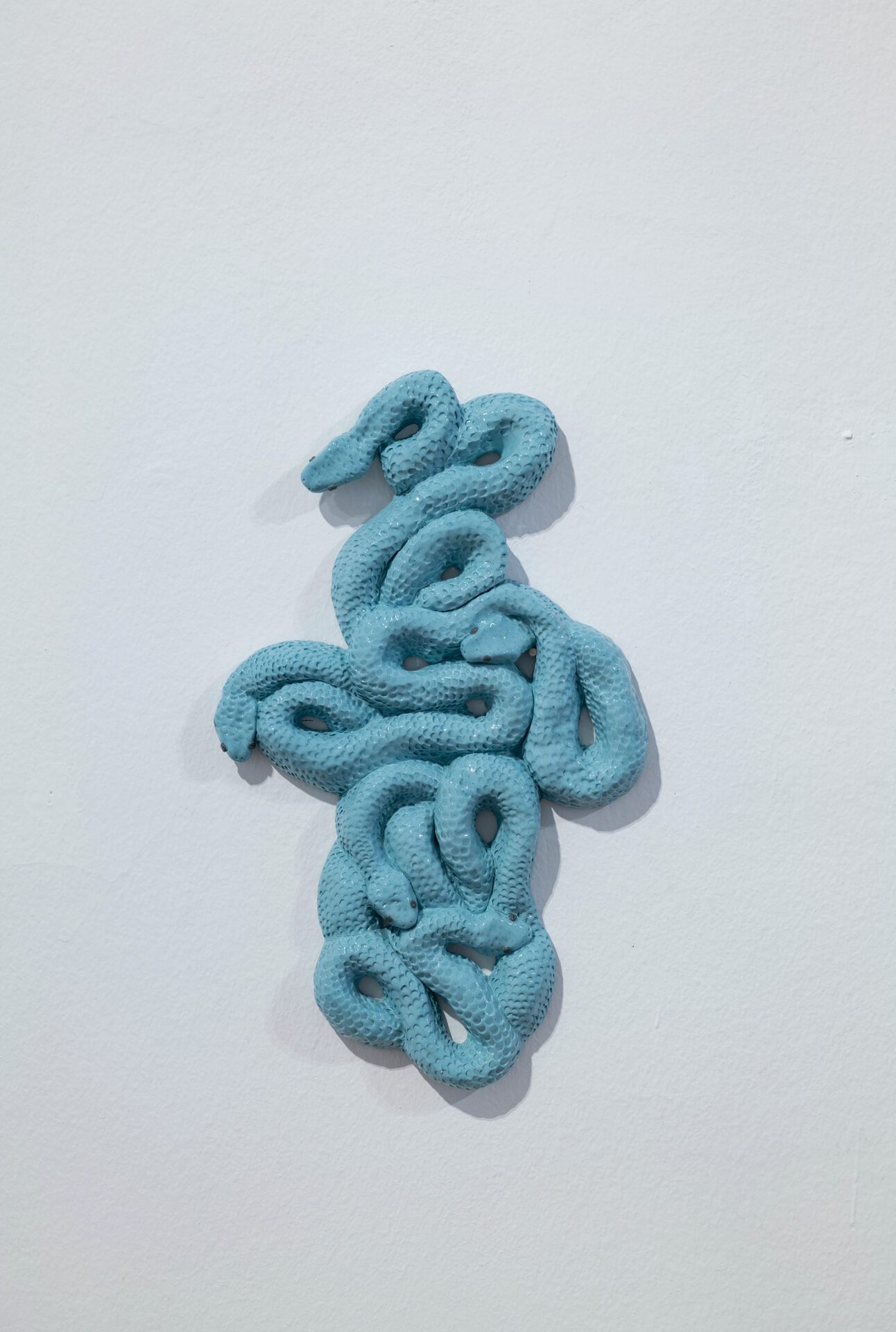
Location
Sotheby's Artist Quarterly ViennaDate
27.04 –29.06.2022Photography
Philipp SchusterSubheadline
In the solo show "Snakes have many Faces", the artist Julia Belova creates a dystopian-looking world that refers to current world political events on several levels and brings baroque motifs, such as memento mori or vanitas, into focus. In her artistic practice, she deals with the aesthetics of the Baroque, gives it a contemporary expression and addresses themes such as hedonism, sexuality, corporeality, eroticism, but also religiosity.Text
In the exhibition "Snakes have many Faces", the artist Julia Belova creates a dystopian-looking world that refers to current world political events on several levels and brings baroque motifs, such as memento mori or vanitas, into focus. In her artistic practice, she deals with the aesthetics of the Baroque, gives it a contemporary expression and addresses themes such as hedonism, sexuality, corporeality, eroticism, but also religiosity. The playful, sculptural creations made of porcelain, ceramics or mixed media represent certain role models or social movements, thus referring to the subliminal conflict of social positions vis-à-vis subjective authenticity and thus bringing important issues for women* and the LGBTQ+ community into play.
The multi-layered and media-diverse installation "Blue Grave", presented for the first time, is a clear sign against all the violence, suffering, war and death that has overshadowed everyday life, changed lives and left people in deep shock in recent months. A textile mass of organic and inorganic subjects spills out of the baroque fireplace, including torsos and blue skulls made of clay and silken tentacles stretching out. Here and there, a few light blue snakes wriggle out, appearing to be venomous and dangerous judging by the colour. The forked tongue is grey and just waiting to give the bite of death. The symbolism of the snake is an archetype in cultural history, although the meaning or metaphor varies greatly. In Christian mythology, it is depicted as a man-eating beast, messenger of the underworld or devilish temptress in the Fall, reprehensible and demonic, whereas in other cultural circles it evokes positive connotations. In the Hindu and Buddhist traditions of the Indian subcontinent, for example, the snake is regarded as the patron saint of water and clouds, and in ancient Greece as a healer. In addition, the site-specific installation also allows associations with the veneration of saints and the cult of relics, which are particularly present in the Catholic and Orthodox churches.
Death is symbolically encountered here in yet another way. The draped skulls made of ceramic and the skeletal remains made of porcelain refer to the vanitas motif known in the context of art history, which reminds us of the transience of life and forces us to reflect on what we have seen. The choice of colours symbolically transfers the depicted theme to the present; the combination of blue and yellow as the colours of the Ukrainian national flag refer to the current acts of war. This contextualisation is reinforced by a number of objects made of clay that are mounted on the wall and serve as frames for images of the war zone. They are shots of destruction and despair, at the same time locating the baroque motifs in the here and now.
A magnificent chandelier hangs from the ceiling in the absolutist manner, yellow snakes crawl out of the chandelier, its outgrowths of yellow wax acting as a source of light. As the candles slowly burn down, the work gradually fades away, thus thematising the subject of transience on another level.
In terms of content, however, the multiple snake metaphors refer to the plurality of faces of evil.
The choice of materials also shows connections to the Baroque. At that time, porcelain experienced a high point above all in the design of figurines, decorative objects and tableware. Julia Belova, on the other hand, integrates porcelain into the contemporary context and uses the texture of the material in her artistic practice to create imitations. The hard porcelain simulates a soft, flowing form characterised by sweeping movement and sumptuous rhythm, thus illustrating dualisms that were also omnipresent in the Baroque period.
One senses her fascination with this period, which brought paradoxical worlds to light, in the works. Without a doubt, it is death that is at the double centre of the revival, on the one hand in its baroque motifs and on the other as the object of the given world political situation. These two moments are closely related, so baroque elements are reflected and represented through the lens of contemporary events. A surreal situation appears more topical than ever.
Text by Paula Marschalek
Paula Marschalek